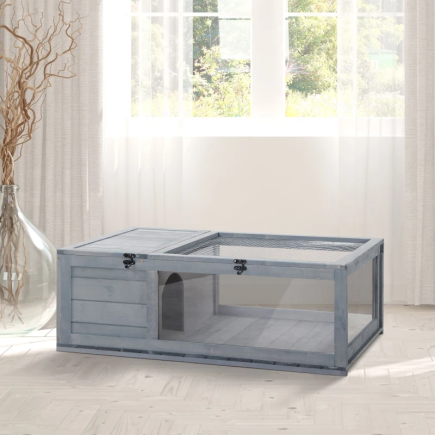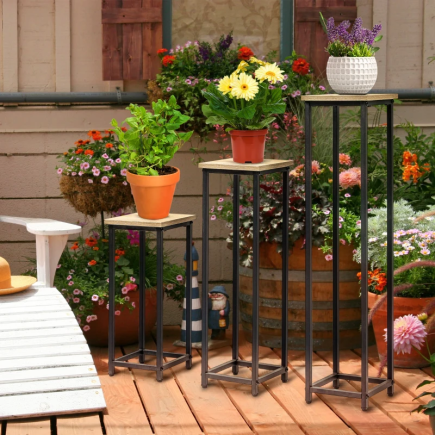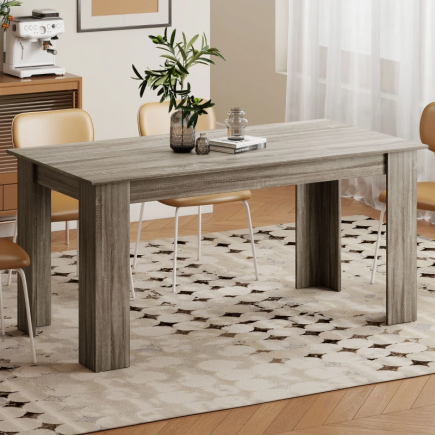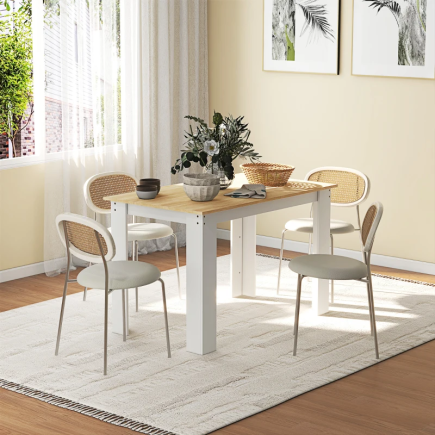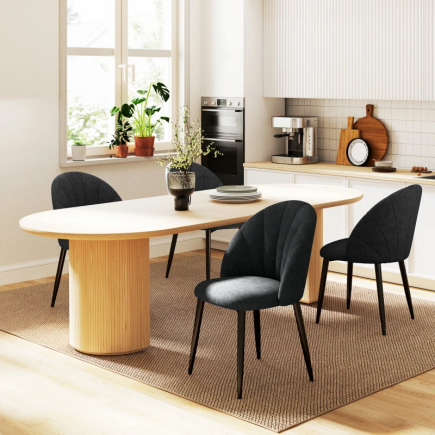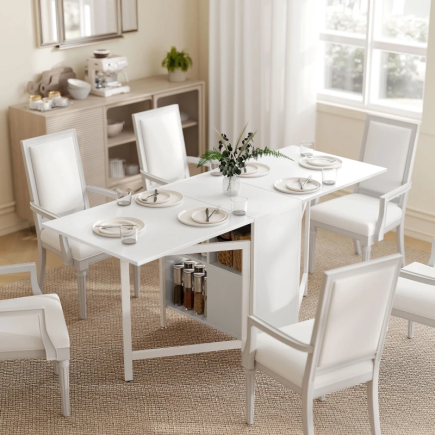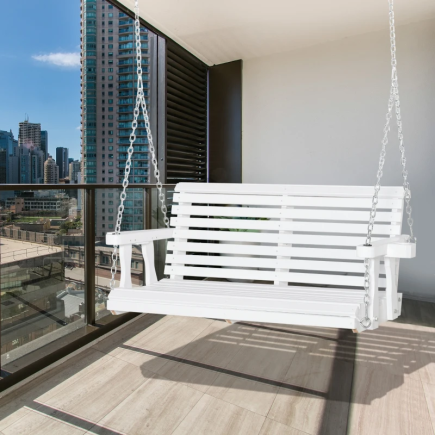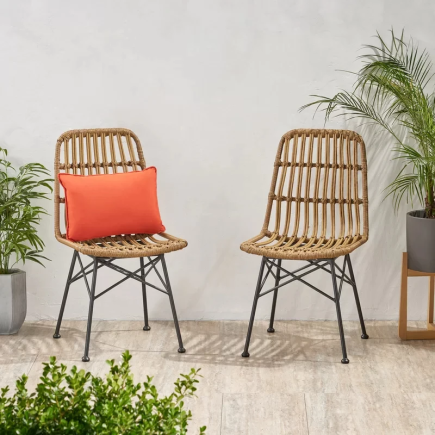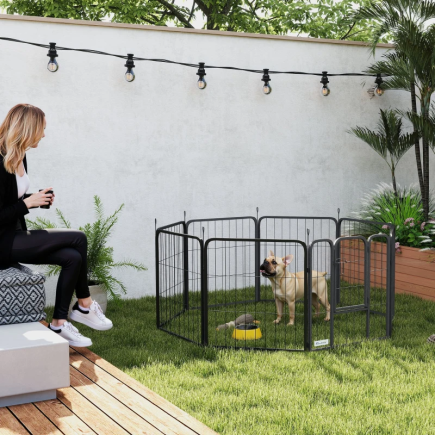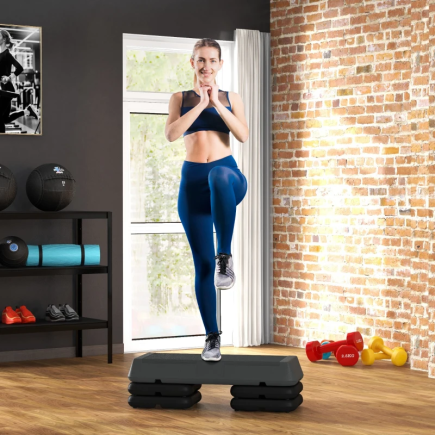
Living in a studio apartment offers a unique set of challenges, especially when it comes to creating separate spaces while maintaining an open, airy feel. Room dividers are the perfect solution to divide your studio apartment into distinct functional zones such as a sleeping area, work area, and living room. In this guide, we’ll explore how to effectively use room dividers in your studio apartment to make the most of your space.
1. Start by Assessing Your Space and Needs

Before diving into room divider options, the first step is to assess your space and identify your needs. This will help guide your decisions on what kind of divider will work best for your specific requirements.
Define Zones to Separate
Think about the areas you need to create:
- Sleeping Area: A dedicated sleeping zone can provide much-needed privacy.
- Work or Study Space: Separate your desk from the rest of the apartment to enhance focus.
Living Area: A distinct lounging or entertaining area can help organize the space.
Measure Available Space
Measure the dimensions of your space to ensure that the room divider you choose fits well without crowding the room. Be mindful of ceiling height, wall space, and the overall flow of the apartment.
2. Hide Cluttered or Utility Areas
Got an awkward storage area, laundry nook, or kitchen corner that needs to be hidden? Dividers can help.
- Use Folding Screens: Quickly cover up messy or unattractive corners.
- Rolling Dividers: Use a wheeled partition to block laundry machines or drying racks when not in use.
- Fabric Panels: Hang fabric to cover an open closet or pantry area.
This use makes your space feel tidier and more intentional without renovations.
3. Create a Dedicated Work-From-Home Space

Working remotely? Room dividers can carve out a professional, focused workspace without adding bulk.
- Use Slatted Wood Panels: These block visual distractions without closing off airflow.
- Curtain Behind Desk: Install a curtain behind your desk to separate your “office” from the rest of the room.
- Bookcases or Cubes: Divide your desk area with a cube shelf to provide separation and storage.
This strategy helps with productivity and work-life separation especially important in a small studio
4. Use a Divider to Separate Your Sleeping Area
Creating a private sleeping zone is one of the top reasons to use a room divider in a studio apartment. It helps you mentally disconnect from the rest of your space and improves rest.
- Folding Screens: Place a stylish folding screen between your bed and living area for instant privacy.
- Curtain Panels: Hang sheer or blackout curtains from the ceiling to create a “bedroom” feel.
- Tall Bookshelves: Use open-shelf bookcases as dividers that provide privacy and function.
This setup makes your bed feel like its own room and keeps it hidden when guests are over.
5. Consider the Material for Your Room Divider

Choosing the right material for your room divider is essential to achieving both functionality and aesthetics.
Fabric Dividers
Lightweight and flexible, fabric dividers work well for temporary separation. They can be used to block light or provide privacy while still letting air and light through.
Wooden Dividers
Wooden room dividers provide a sturdy, solid barrier. They can add a rustic or natural element to your space while providing better sound insulation than fabric.
6. Enhance Privacy and Sound Insulation

Privacy and noise control are essential in a studio apartment, and your room divider can play a crucial role in achieving both.
Use Taller Dividers for More Privacy
Tall room dividers (extending from floor to ceiling) provide maximum privacy and separation between spaces, especially for sleeping areas.
Choose Dense Materials for Sound Insulation
If noise reduction is a priority, opt for solid dividers made from wood, thick fabric, or glass with soundproofing properties. This helps block sound and maintain a quiet, peaceful space.
7. Maximize Storage with Multi-Functional Dividers

Room dividers can also serve as storage solutions. By choosing dividers with built-in shelves, hooks, or cubbies, you can make the most of your limited space.
Bookshelves as Dividers
A bookshelf divider serves dual purposes providing separation and offering extra storage. Bookshelves are ideal for holding books, decor, or small electronics, making them practical and stylish.
Add Hooks for Extra Storage
Dividers with hooks or pegboards allow you to store small items like coats, bags, or accessories, maximizing every square inch of your apartment.
8. Optimize the Divider for Light Flow

While privacy is important, you don’t want your room divider to block all natural light. Here are ways to maintain an open, airy feel in your studio apartment:
Use Translucent Materials
Opt for dividers made from frosted glass, sheer fabric, or acrylic. These materials allow light to flow through while still offering a sense of separation.
Avoid Blocking Windows
Make sure your divider placement doesn’t block windows or light sources. If your divider is blocking natural light, it can make your space feel more cramped and less inviting.
9. Style Your Divider to Complement Your Decor

Your room divider should not only be functional but also stylish. Choosing a divider that complements your interior design will enhance the overall look of your apartment.
Match the Divider to Your Interior Style
Room dividers come in various materials and designs. Whether you prefer a minimalist, modern, or rustic style, there’s a room divider to fit your decor.
Use the Divider as a Design Element
Room dividers can be used as a statement piece in your apartment. Consider choosing a divider that has unique patterns, textures, or colors that stand out and add character to your space.
Room Dividers are a fantastic solution for creating private, functional spaces in a studio apartment. By assessing your space, selecting the right divider, and positioning it thoughtfully, you can maximize your living area without sacrificing style. Whether you’re using a folding screen, bookshelf divider, or curtains, the right choice can significantly enhance your studio’s layout and overall feel.
FAQs
1. Can I hang a room divider from the ceiling without damaging the structure?
Yes, use tension rods or ceiling hooks with adhesive pads for a no-drill option. Make sure the surface is clean and flat. These are great for renters or temporary setups.
2. How can I keep a freestanding room divider from tipping over?
Secure it with wall anchors, weighted bases, or corner bracing. For folding screens, make sure they’re slightly bent, not fully extended, for better stability. Avoid placing near high-traffic areas.
3. What type of room divider works best for renters?
Tension rod curtains, foldable screens, and lightweight panels are renter-friendly. They require no drilling and are easy to remove without leaving damage. Look for collapsible options for easy storage.
4. Can I DIY a room divider on a small budget?
Yes, repurpose items like bookshelves, pallets, or curtains on rods. You can also create a fabric screen using PVC pipes or hang tapestries with removable hooks. It’s cost-effective and customizable.

